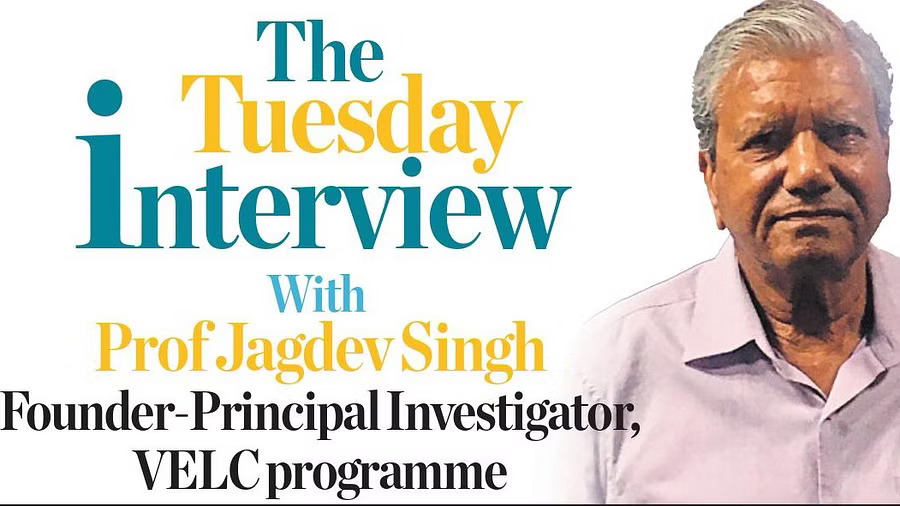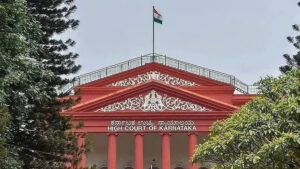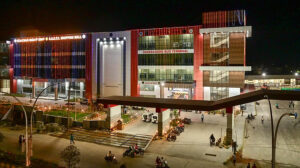The Aditya-L1 mission, India’s ambitious venture to study the Sun’s outermost layer, the solar corona, is poised to make groundbreaking discoveries as it prepares to provide the longest and closest look ever at this mysterious region of our solar system.
The Aditya-L1 mission, led by the Indian Space Research Organisation (ISRO), aims to place a spacecraft in a halo orbit around the first Lagrange point (L1), approximately 1.5 million kilometers away from Earth. This strategic location will allow the spacecraft to constantly observe the Sun without being obscured by the Earth’s atmosphere.
Dr. Gupta explained, “The solar corona has fascinated scientists for centuries due to its extreme temperatures and volatile nature. However, studying it has been challenging because of its proximity to the Sun. Aditya-L1 will change that by providing a continuous and close view of the corona, allowing us to better understand solar phenomena like solar flares and coronal mass ejections.”
One of the mission’s key instruments, the Visible Emission Line Coronagraph (VELC), will capture high-resolution images of the solar corona in visible and ultraviolet light, providing detailed insights into its composition and dynamics.
The mission is also equipped with a complementary set of instruments, including a Solar Ultraviolet Imaging Telescope (SUIT) and a High-Energy X-ray Spectrometer (HEXT), to observe the Sun in multiple wavelengths and energy levels. These instruments will aid in studying the Sun’s magnetic field, which plays a crucial role in solar activity.
Aditya-L1 is expected to contribute significantly to space weather forecasting, as solar eruptions can have a profound impact on Earth’s communication systems, navigation, and power grids.
Dr. Gupta emphasized the international collaboration involved in the mission, stating, “Solar science is a global endeavor, and Aditya-L1 welcomes collaboration with scientists and agencies from around the world. Our shared knowledge will deepen our understanding of the Sun and its effects on our planet.”
The mission is on track for a planned launch in late 2023, with a nominal operational life of five years, extendable up to ten years, depending on mission success and resource availability.
As Aditya-L1 prepares to embark on its mission, scientists and space enthusiasts eagerly await the groundbreaking discoveries that are expected to shed new light on the Sun’s enigmatic corona, advancing our understanding of space weather and its impact on Earth.









